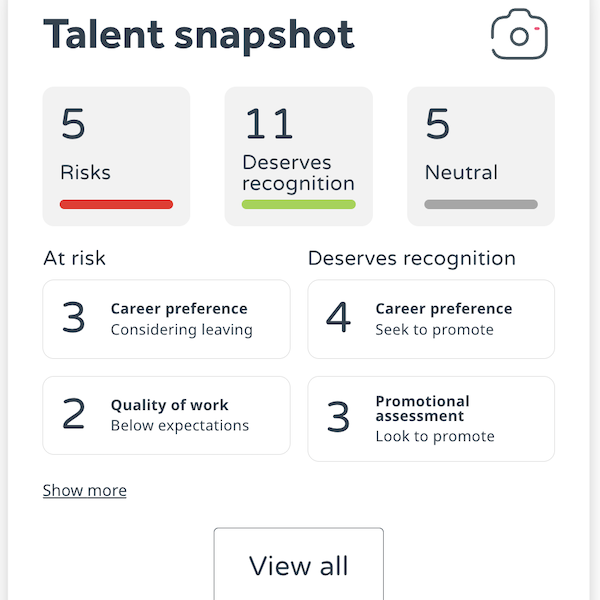I hate the way the word ‘around’ is used, even in official documents, when basic work has not been done. “We’re doing some work ‘around’ x at the moment” often means “we don’t really know what we’re doing, but we know we ought to do it”. Well, there’s a flurry of activity ‘around’ employee engagement at the moment, so we should reach for our collective revolver and ask some questions.
Engagement does not have an ‘official’ definition, so the McLeod report on employee engagement took the diplomatic option and quoted a variety of opinions. Still, it put engagement in the spotlight, and ever since, when people have been found wanting – as in the recent Stafford Hospital scandal – lack of engagement has been blamed, without, of course, defining what engagement is, or what was preventing it.
Given the benefits that flow from engagement, however defined, it ought to be the very core of workplace improvement activity – but looking at the Engage for Success website there is, apart from a selection of papers and a calendar with a few regional meetings, not a huge amount happening. If engagement really can deliver better results, less absenteeism, etc, etc, why is there no large-scale, co-ordinated activity, no singing from the rooftops?
Well, there will be, but first we absolutely have to get round the problem that the McLeod report avoided: By itself, the word engagement represents an abstract concept, with no emotional value.
So what? Well, action – actually doing something – depends on emotion. We do not act on things about which we experience no emotion, full stop. If you find it hard to agree with that, spend some time watching someone whose emotional systems have been clamped down chemically. Nothing happens, sometimes for days on end.
It is simply impossible to develop an emotional commitment to an abstract notion, because you don’t know what it is, you have no pattern-match for it, nothing in you can attach any value to it. So no-one is going to get even mildly excited about Engagement until the idea has been unpacked and turned into terms they can identify with.
This will be why people continue to search for the ‘business case’ for engagement – because if they could find that, they’d have something they could attach to emotionally, and then they would be able to get going.
So how are we going to reach the basket of benefits that an engaged workforce can provide? What do we need to think about, on walking into a business, in order to make something happen? Assuming they’re not fully engaged (and no-one is, there’s always room for improvement) I’d want to know why, and I’d look in three places: what is or isn’t leading them towards engagement, what is missing in them that makes it hard for them to move forward, and what external obstacles are getting in their way.
I’d also want to make sure we were all talking about the same thing, because the very concept of Engagement is a problem; it’s an abstract idea, so everyone who hears it has a different mental picture of what it is. So I’d want to sit down with the management, and then with the whole team, in chunks if necessary, and we’d thrash out what engagement would actually mean, to them, in practical terms.
It’s highly likely, based on our experience, that on unpacking the ideas ‘around’ engagement you would arrive, in collaboration with the staff, at this sort of list: getting your needs met in the workplace, so you feel intrinsically motivated to be there; knowing exactly, in concrete terms, what you are doing, who for, and why; and knowing that you have the necessary knowledge and skills, and that you will have practical, intellectual and social support while you do it.
If you unpack the job like this with the whole staff, they start to realise that they are a team, that they are doing the same things, they depend on each other, that they are doing something that is useful for their friends and colleagues as well as for the company and the customer down the line. This is where a real team starts to emerge, people start to collaborate, and (in our understanding – it’s an abstract idea) they Engage.
So, if someone asks you for some ideas ‘around’ engagement, my advice would be: don’t agonise about the concept, you could get lost for days in the mental fog that always follows when you try to define something abstract. Instead, take some action. Ask what needs can be met better, what capabilities can be improved, what understanding and connection is missing. Better still, use Team Insights employee engagement software to do that – it asks the questions that managers don’t have time to ask and may not think of, and it tells you directly what you can do to improve engagement in your team.

